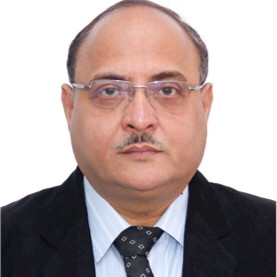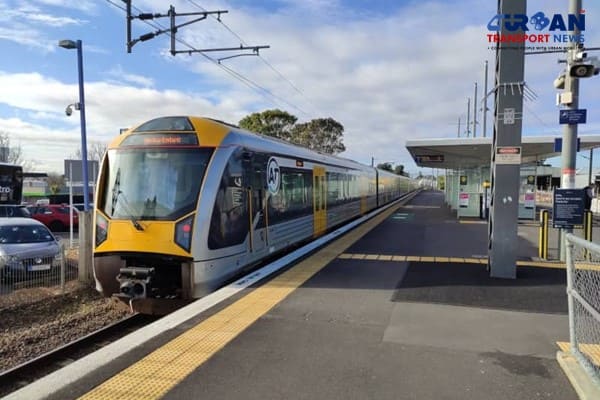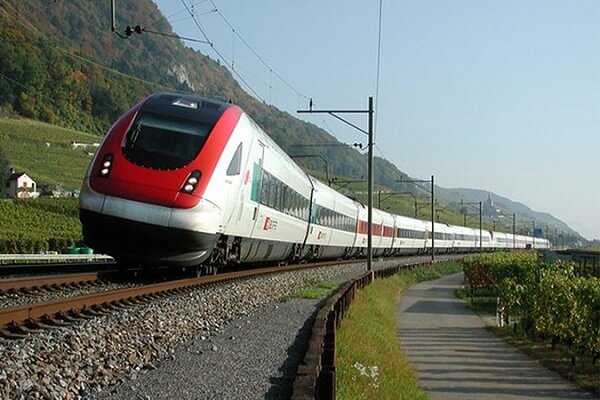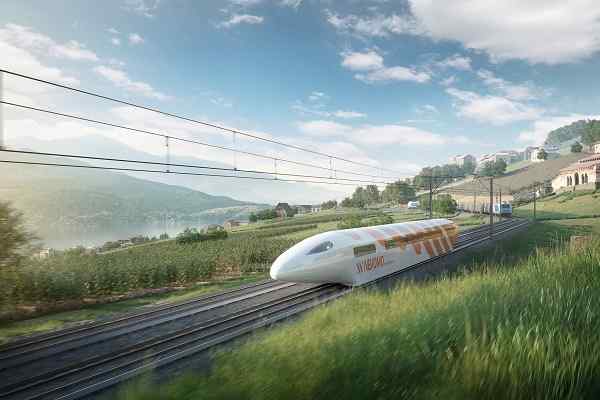 Nevomo's MagRail Technology Selected for Hyperloop Freight Demonstrator
Nevomo's MagRail Technology Selected for Hyperloop Freight Demonstrator Russia signs deal to procure bullet trains for Moscow - St. Petersburg high-speed line
Russia signs deal to procure bullet trains for Moscow - St. Petersburg high-speed line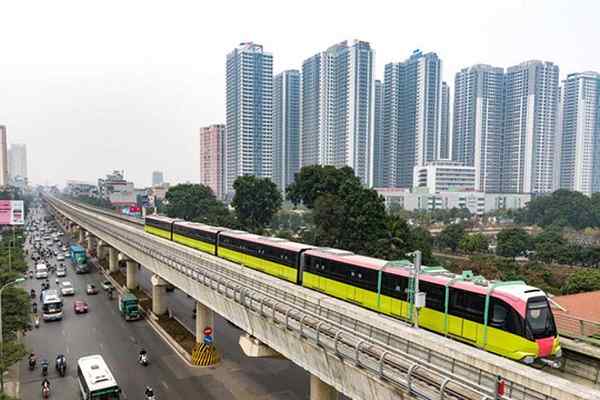 Vietnam plans new metro rail lines to replace its BRT systems in Hanoi
Vietnam plans new metro rail lines to replace its BRT systems in Hanoi 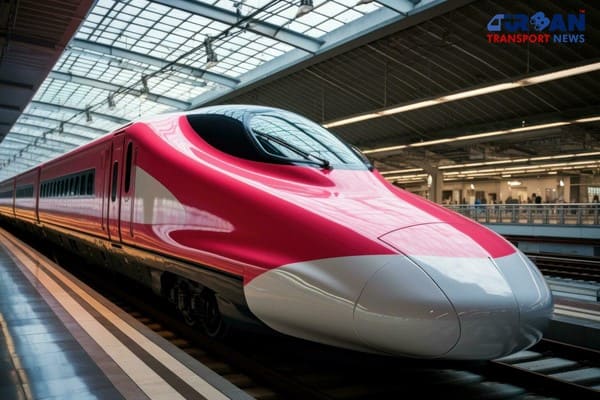 Revolutionizing Indian Railways: The Rise of Indigenous High Speed Bullet Trains
Revolutionizing Indian Railways: The Rise of Indigenous High Speed Bullet Trains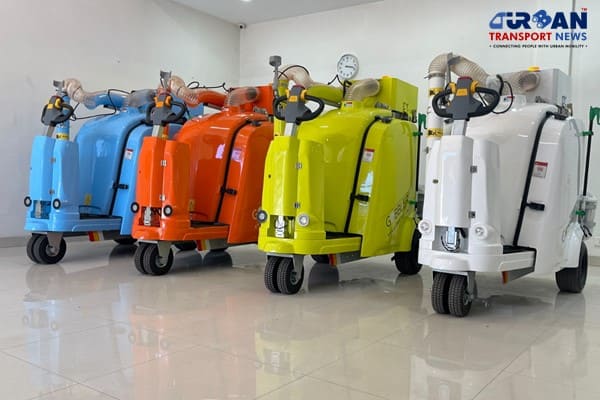 Ayodhya deployed Gobbler Litter Buster to keep the City clean
Ayodhya deployed Gobbler Litter Buster to keep the City clean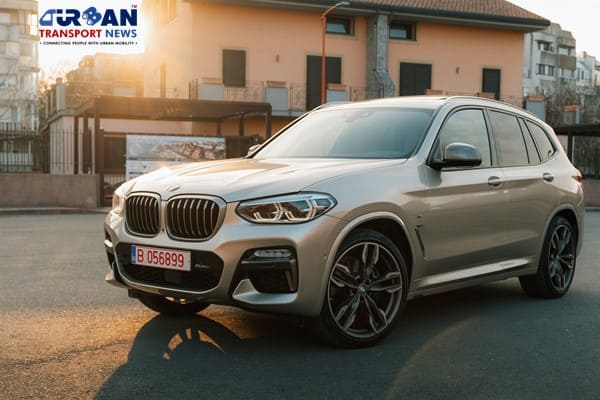 BMW's Emissions Investigation: What Does It Mean for Drivers?
BMW's Emissions Investigation: What Does It Mean for Drivers?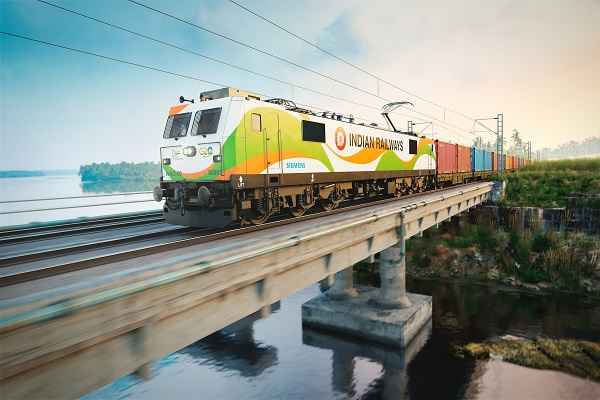 171 Years of Indian Railways: A History of Innovation and Progress
171 Years of Indian Railways: A History of Innovation and Progress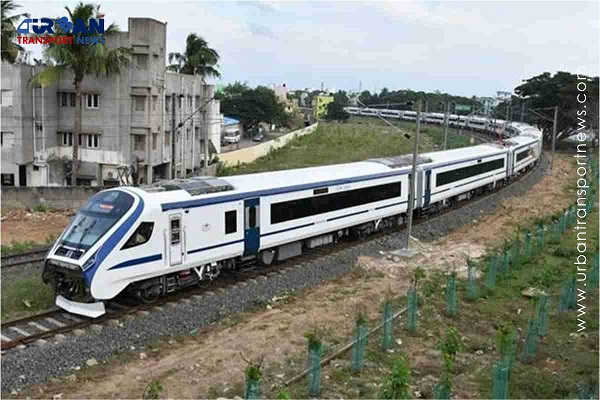 Vande Bharat Express trains carries over two crore passengers since their inception
Vande Bharat Express trains carries over two crore passengers since their inception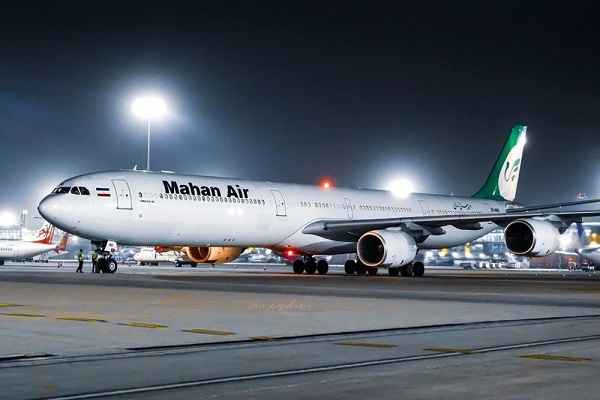 BPCL partners with Noida International Airport to construct ATF Pipeline
BPCL partners with Noida International Airport to construct ATF Pipeline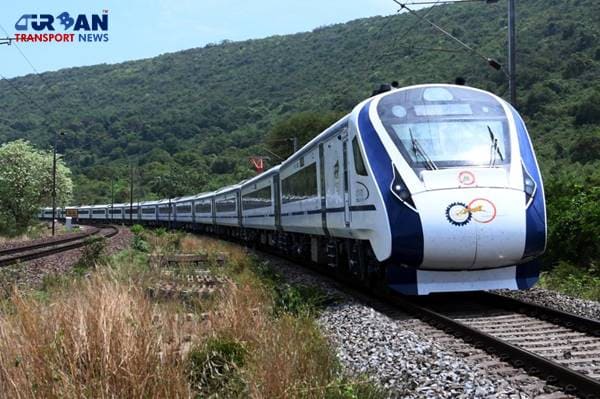 What are the Railway Development Plans in BJP's Manifesto for 2024-2029?
What are the Railway Development Plans in BJP's Manifesto for 2024-2029?
Indian Railways to invest ₹52,000 crore on development of 400 new Vande Bharat Trains
400 new Vande Bharat Express Rakes: An analysis for the Taxpayer
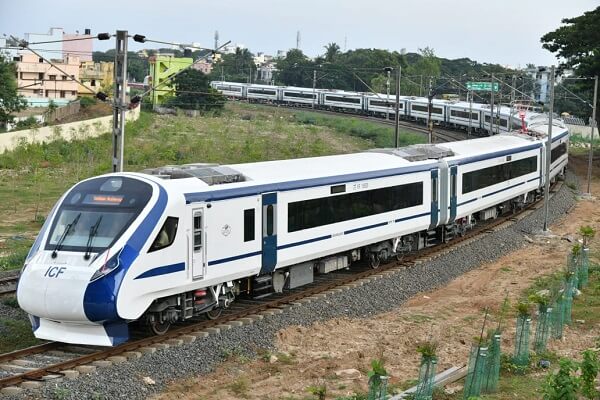
The declaration of plan to undertake indigenous manufacture of 400 new generations Vande Bharat express trains @Rs 130 crores in the recent budget for 22-23 presented by Finance Minister was welcomed by all, as it is felt that the advantages of superior riding comforts which were so far restricted to two sectors where presently these services are in operation, will become available to a wider population in different parts of the country. Let’s restate for the benefit of the uninitiated, as to what this train set technology (branded as Vande Bharat) is all about and how it differs from the existing express trains.
Unlike a normal express train which is hauled by a detachable locomotive provided at one end of the train, the traction to a Train set of Vande Bharat series is provided by electric gear (traction motor, rectifier, converters, transformer etc) underslung from alternate coaches drawing energy from over-head equipment through pantograph mounted on coaches.
A 16 coach Shatabdi type train has one source of power at one end of the train in the form of a train locomotive providing approximately 6000 HP power, in comparison in a Vande Bharat rake out of 16 coaches 8 are motorised providing approximately 12000 HP of power to the train.
This additional and distributed power results in superior deceleration and acceleration characteristics saving the time involved in negotiating a speed restriction zone. The speeds of the two variants however will be the same in mid-section while cruising as both are having rolling stock capable of maximum speeds of 160 KMPH (in fact a normal Shatabdi express is composed of LHB coaches having underlying potential for up-gradation to 200 KMPH, which present generation of Vande Bharat coaches are currently not capable of). Train sets also save time at points of reversals and at terminals as the need to turn around a locomotive is not there, as it has a driving cab at either end.
Today, higher speeds on IR are restricted by maximum permissible speeds of the track, and at some places by signalling configuration. Further, since a high-speed train draws more current from overhead equipment, we need to strengthen overhead electrical equipment.
Here it may be noted that presently more than 90% of IR’s track permits a max speed of 110 KMPH or lower, it is on this account that LHB coaches, which are capable of running at a max speed of 160 KMPH, are still majorly running at 110 KMPH.
IR has undertaken a speed upgradation program on Delhi -Howrah and Delhi -Mumbai route to 160 KMPH which involves besides track, upgradation of OHE (overhead electrical equipment) and signalling gear. It’s a work in progress.
The additional point of difference that distinguishes the Vande Bharat express as compared to a normal express train, is superior comfort features (touch and feel features) provided in it like superior seats, vacuum toilets, plug doors, gangways etc. IR has started providing these features in the upgraded version of LHB coaches christened TEJAS. Incorporation of Tejas coaches in Rajdhani and intercity trains has commenced.
Today we are in a position where our existing Rajdhani and Shatabdi type trains can provide speeds and comfort levels at par with Vande Bharat express at almost half the cost.
Another issue is the material to be used for the manufacture of new rakes of Vande Bharat i.e. whether we should stick to the use of Stainless steel or switch over to aluminium for new generation rakes. Here it is pointed out that aluminium offers lighter weight, and is amenable to superior aerodynamic profiling. On the flip side, aluminium shells are desirable only when we need to achieve speeds in excess of 200 KMPH to justify almost double the cost compared to a stainless steel rake. As up-gradation of track speeds beyond 160 KMPH is not even on the agenda of IR, use of aluminium at this stage when IR lacks supporting infrastructure logically is better avoided.
An additional point besides lower cost in favour of stainless steel rakes is their superior corrosion and abrasion-resistant characteristics as compared to an aluminium rake. It’s also felt that consequent to an accident a stainless steel rake will provide a higher level of safety to passengers.
Further, at a time when the country is marching forward on the path of Atmanirbhar Bharat, importing a technology (presently we don’t have the technology to manufacture aluminium shells) which can’t be gainfully deployed on account of infrastructural constraints is questionable.
It is felt that the overall priority of IR’s rolling stock program should be first to eliminate old ICF design coaches which still form the majority of coaches by replacing them with LHB coaches to improve the safety of passengers and selective introduction of stainless steel Vande Bharat express trains on routes where we are able to upgrade track speeds to 160 KMPH, without attempting something which increases the cost of production without giving commensurate advantage either in terms of higher speeds or superior comfort.
One of the reasons that Vande Bharat trains came for wide acclaim was on account of producing a world-class product at half the cost, appropriate to IR’s infrastructure. We shouldn’t let that advantage fritter away while incorporating other features for improvement.
(This article first appeared at Financial Express with the title "400 new Vande Bharat Express Rakes: An analysis for the Taxpayer")




